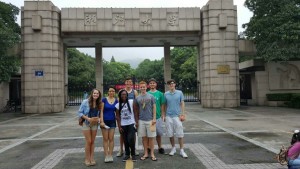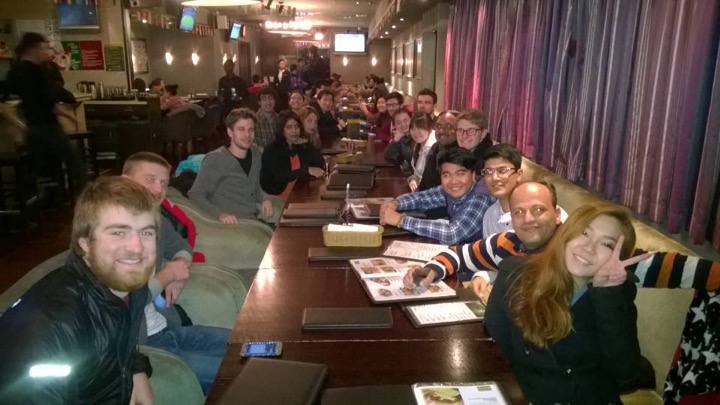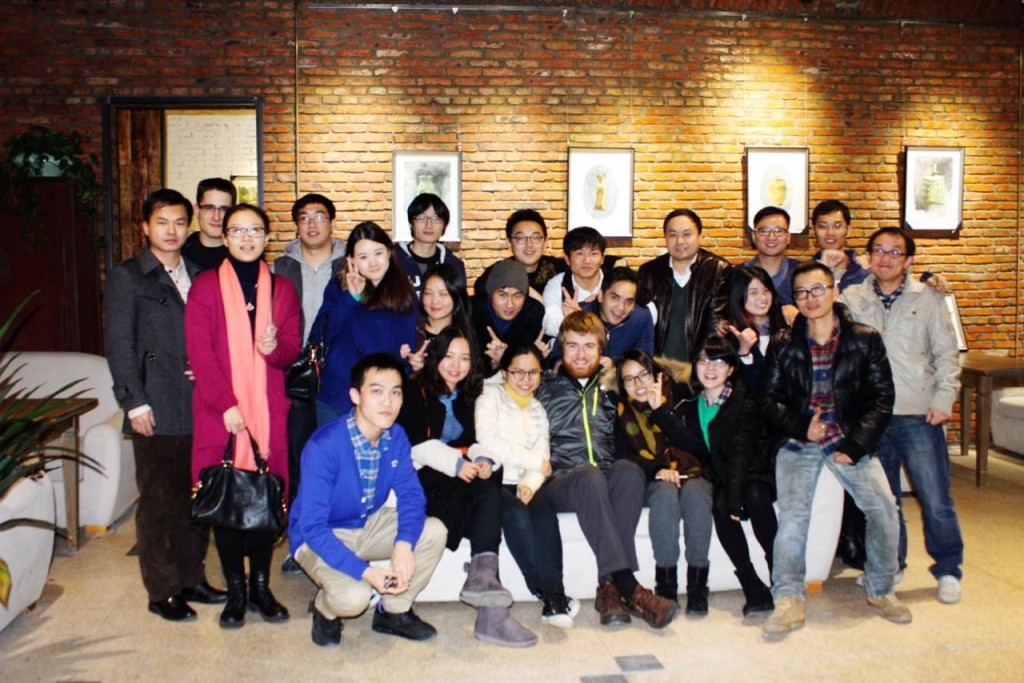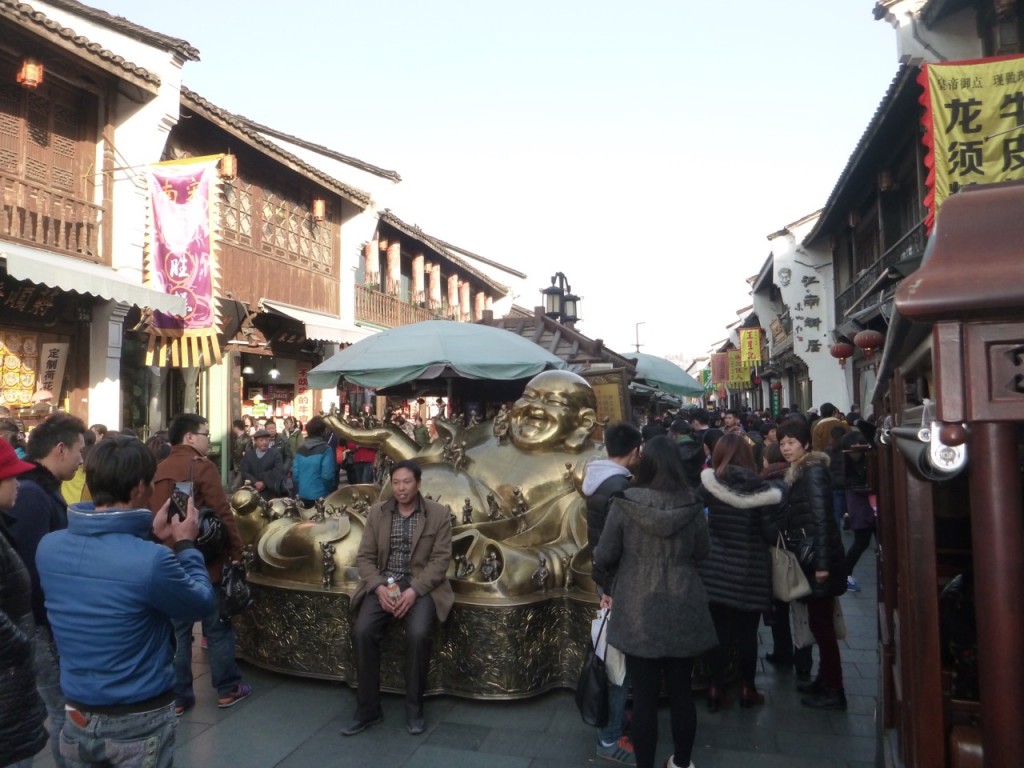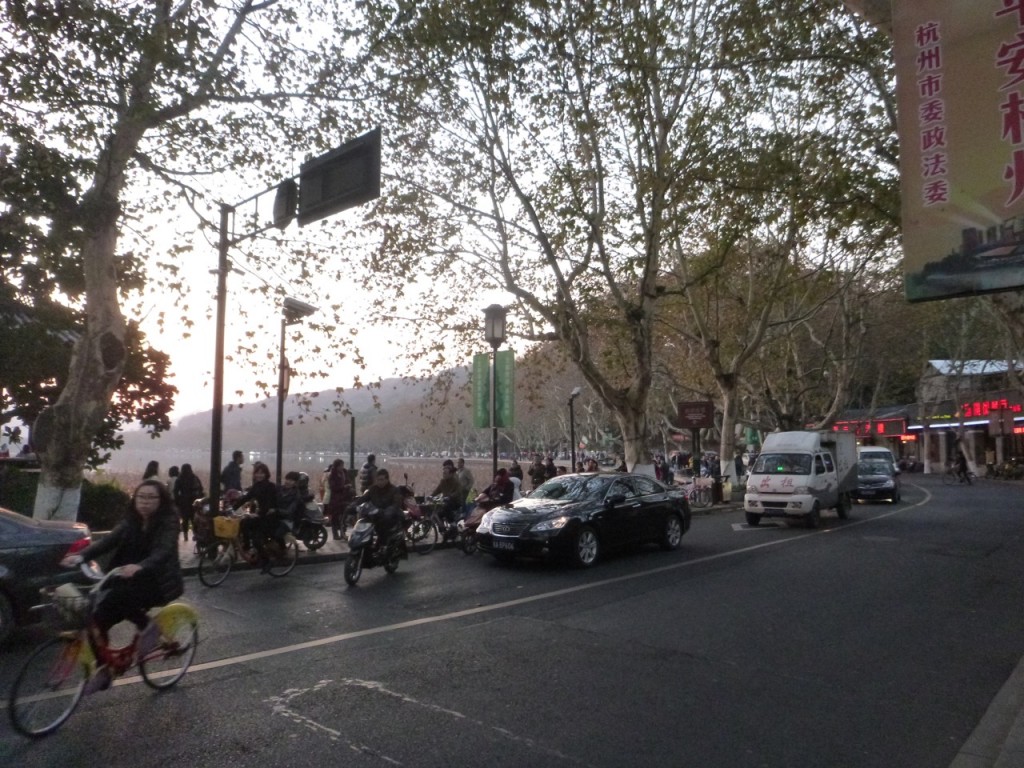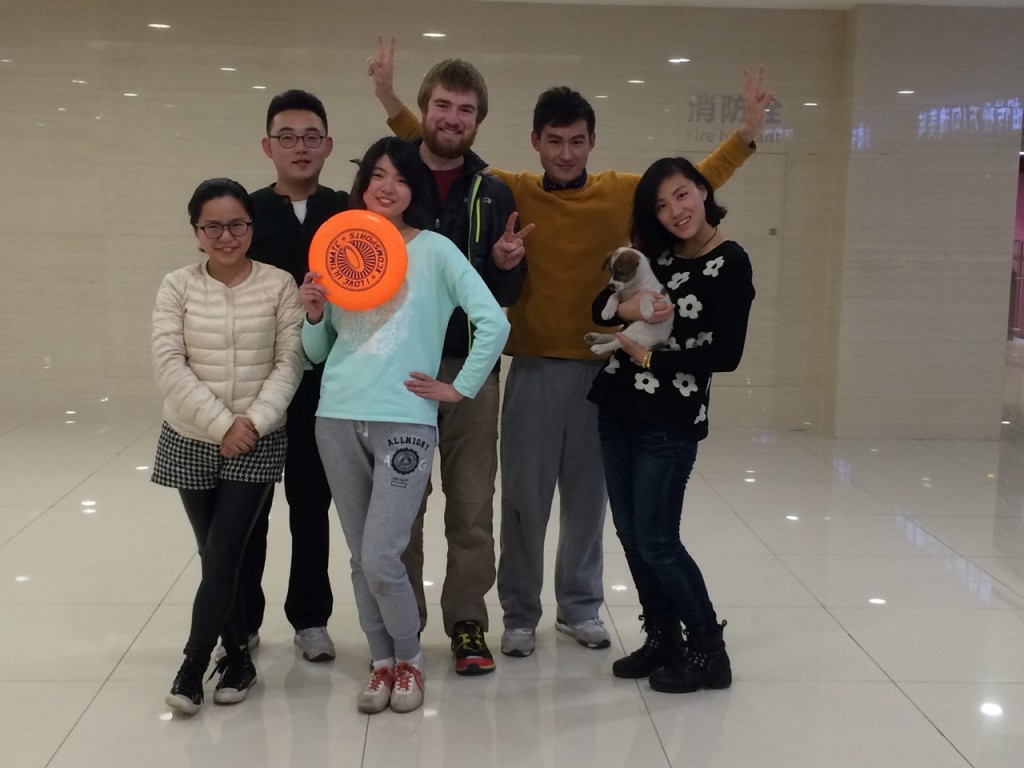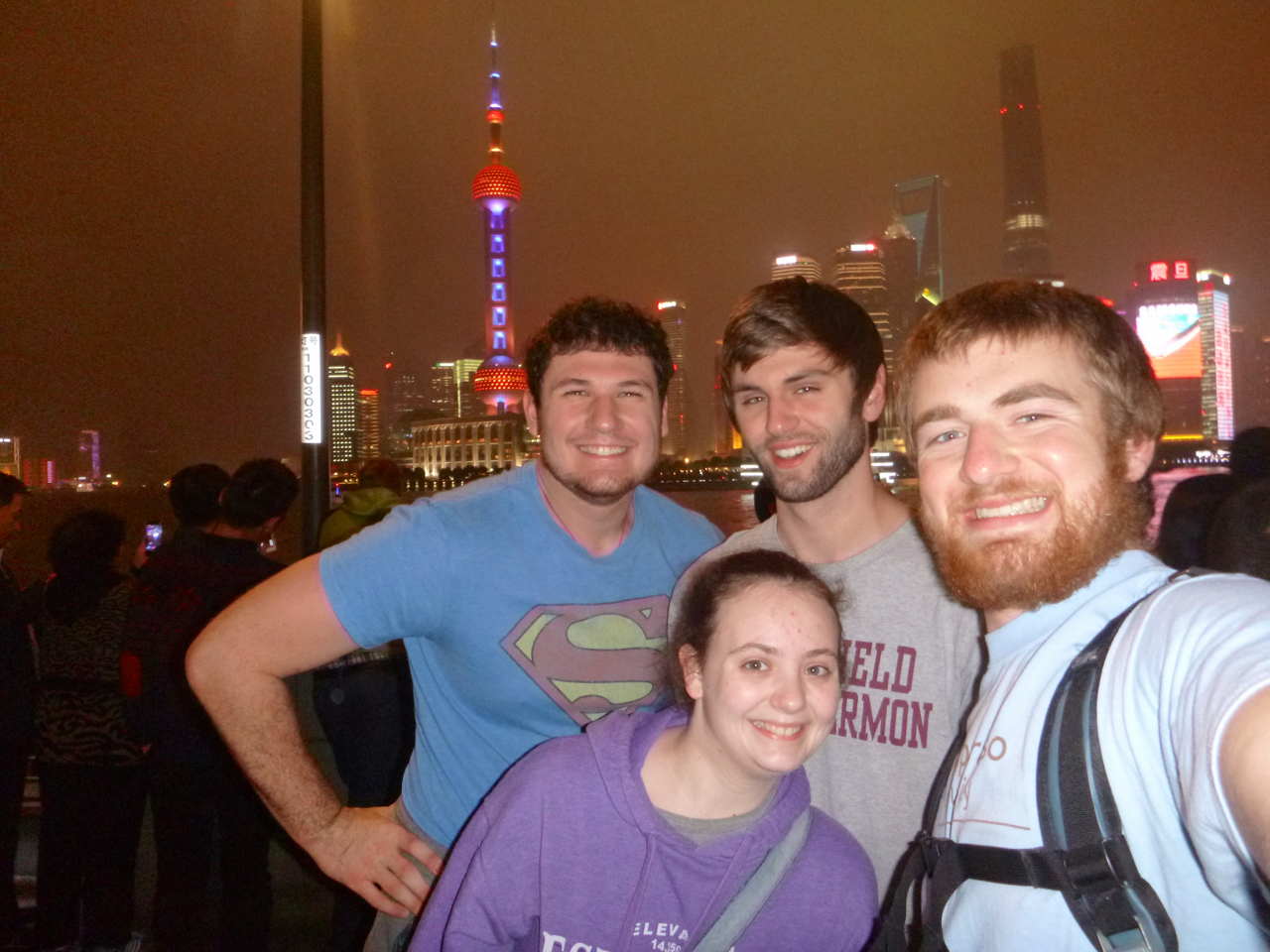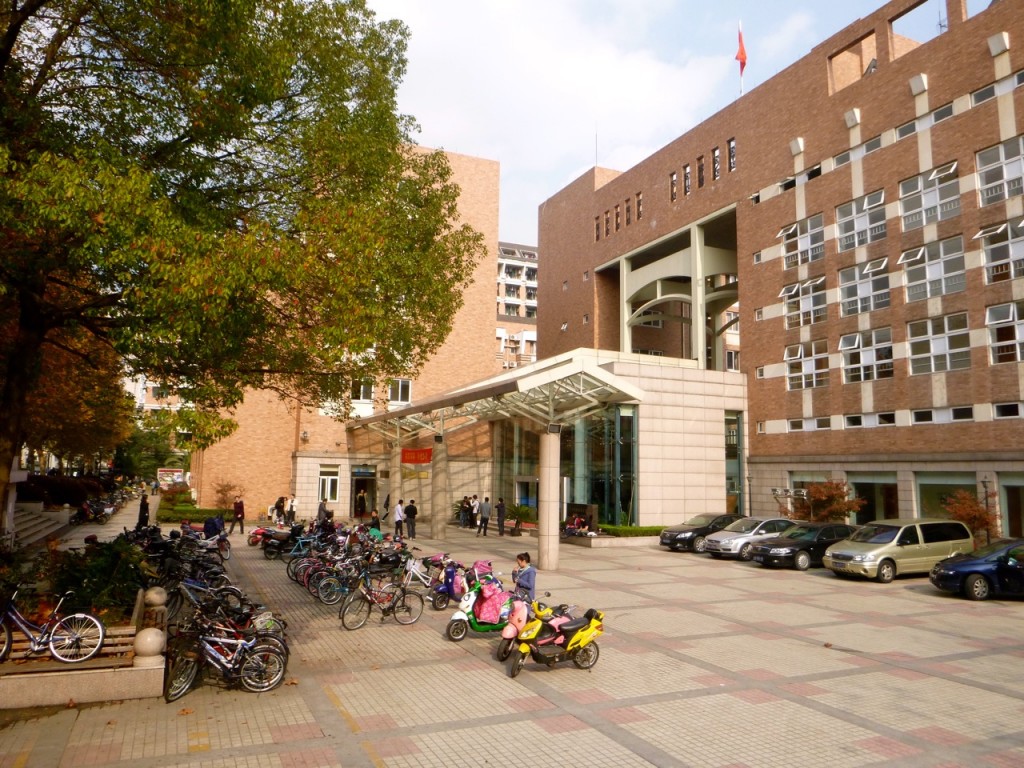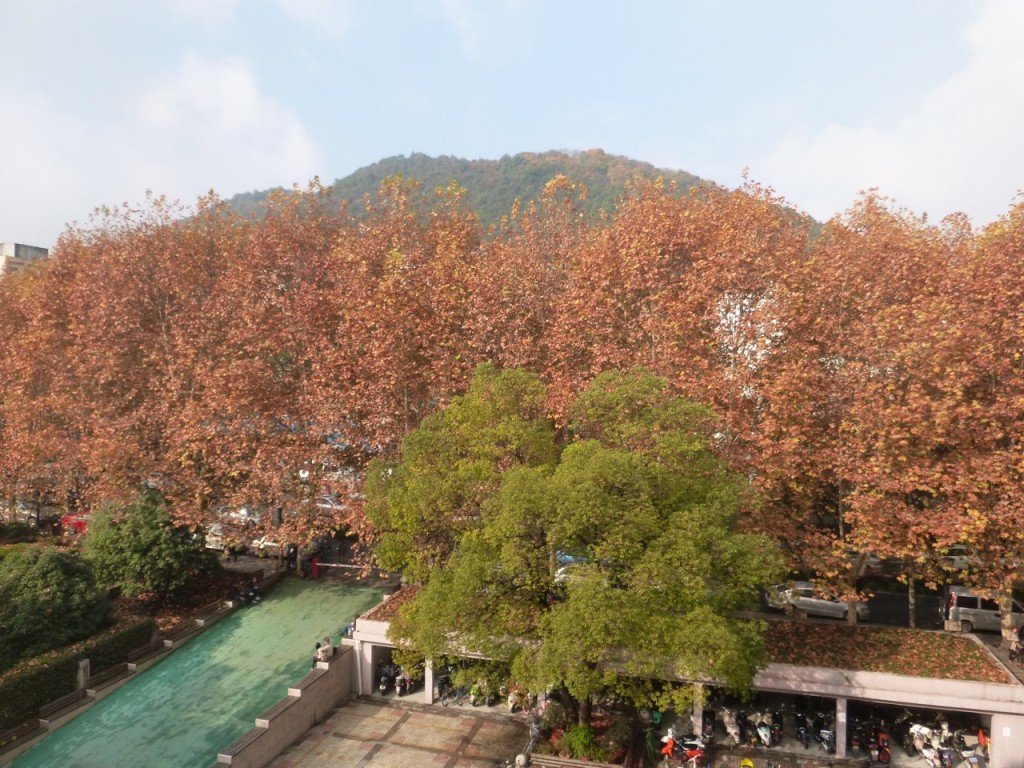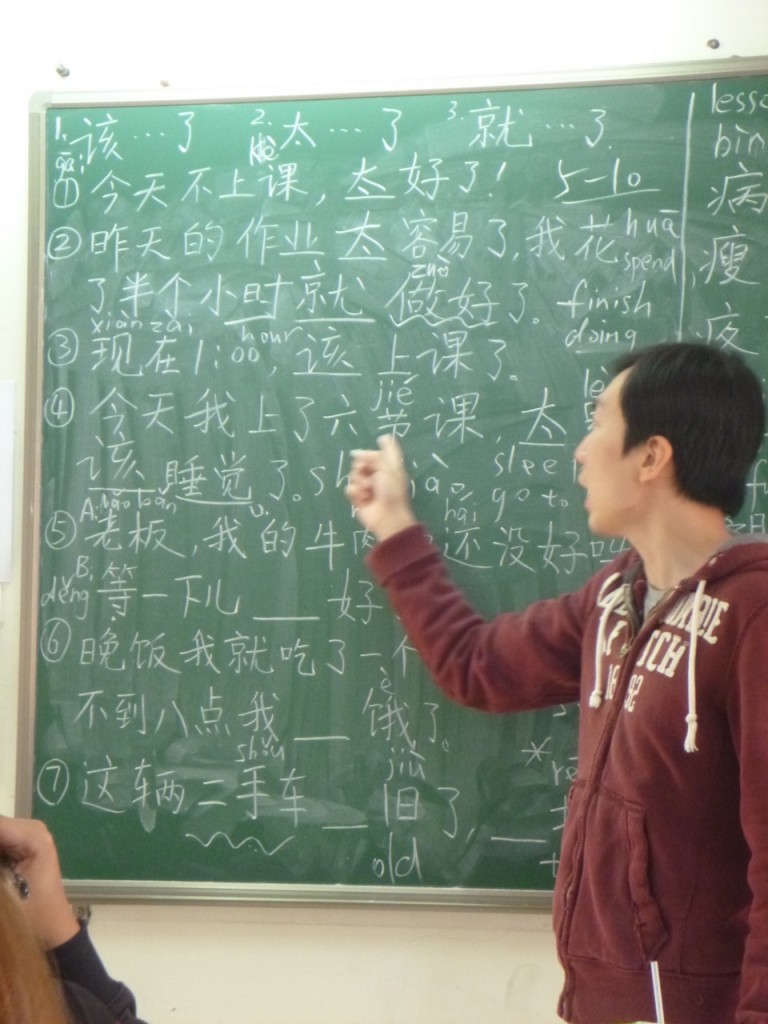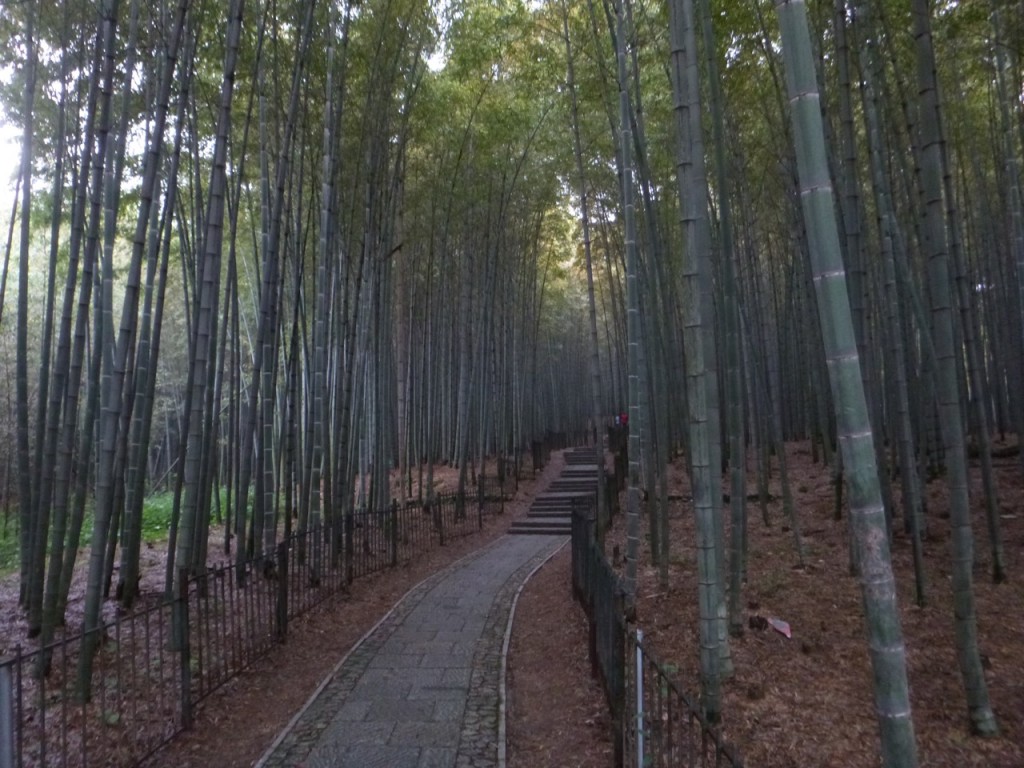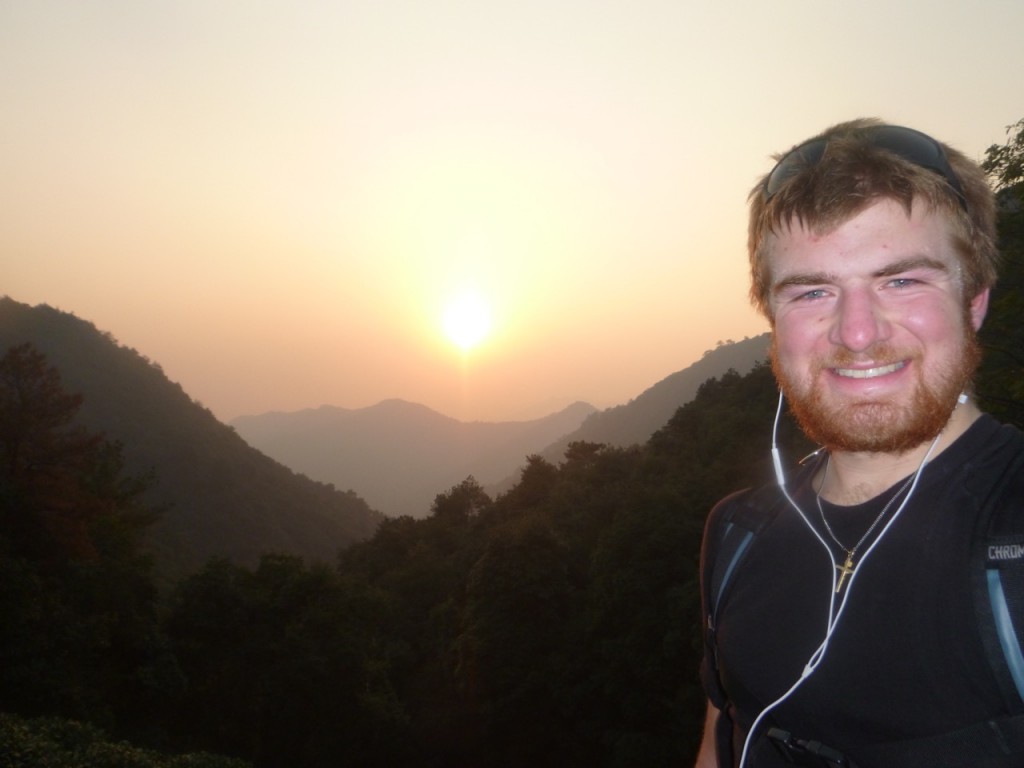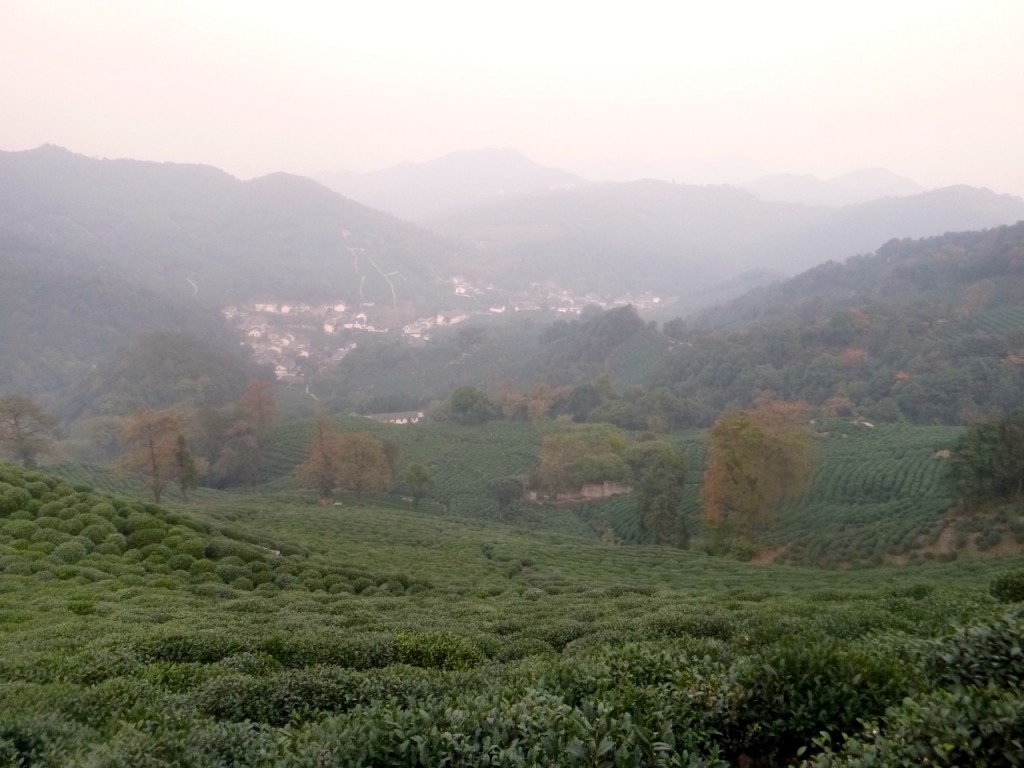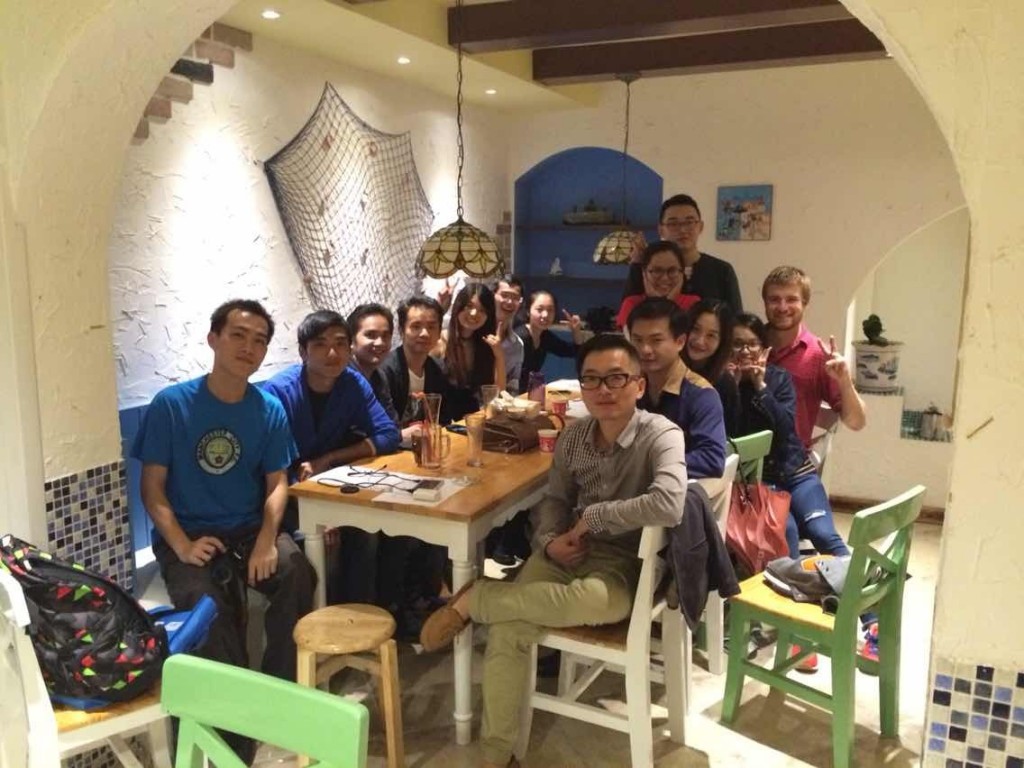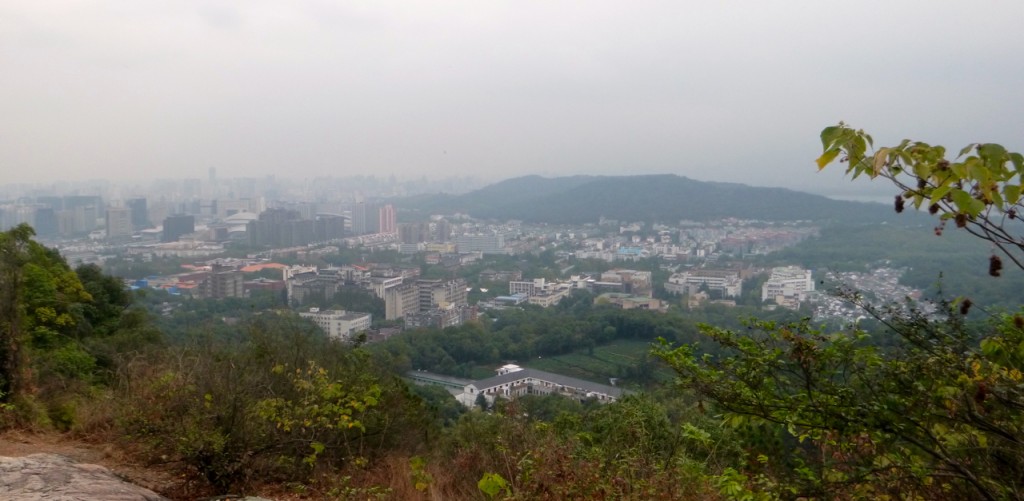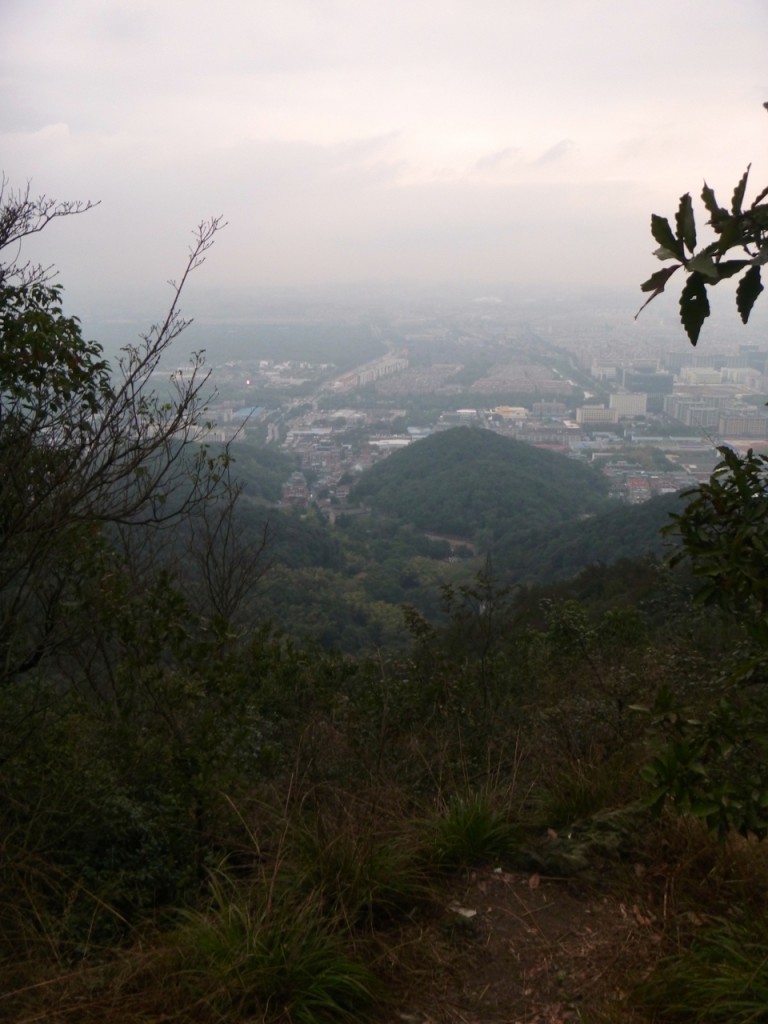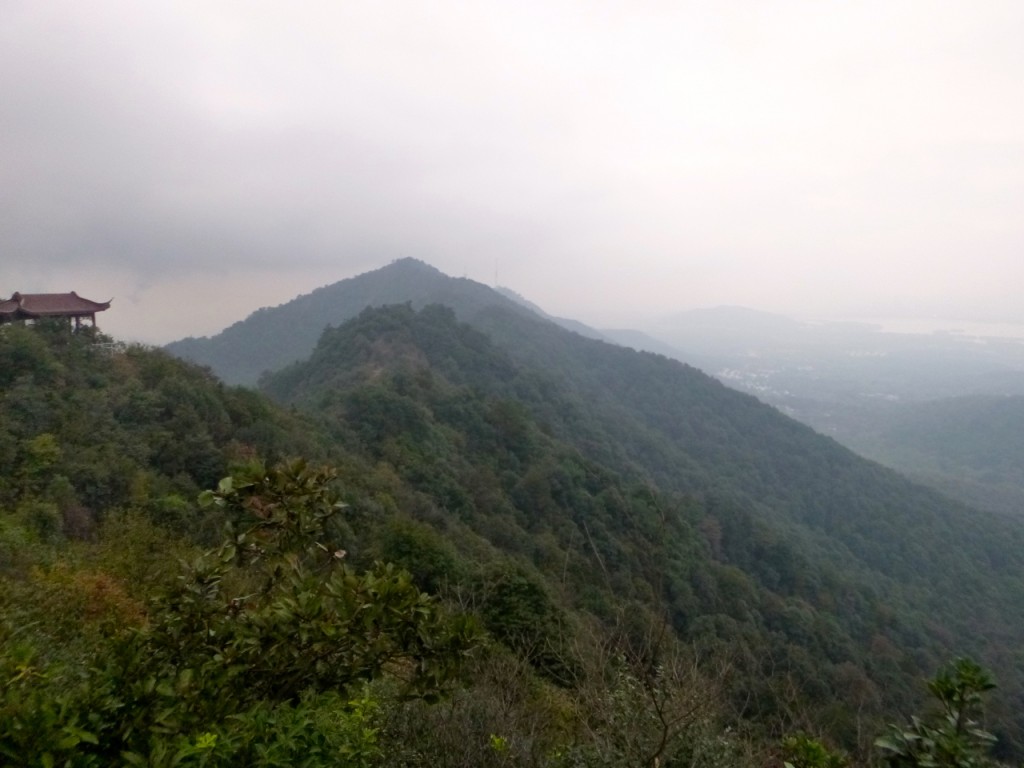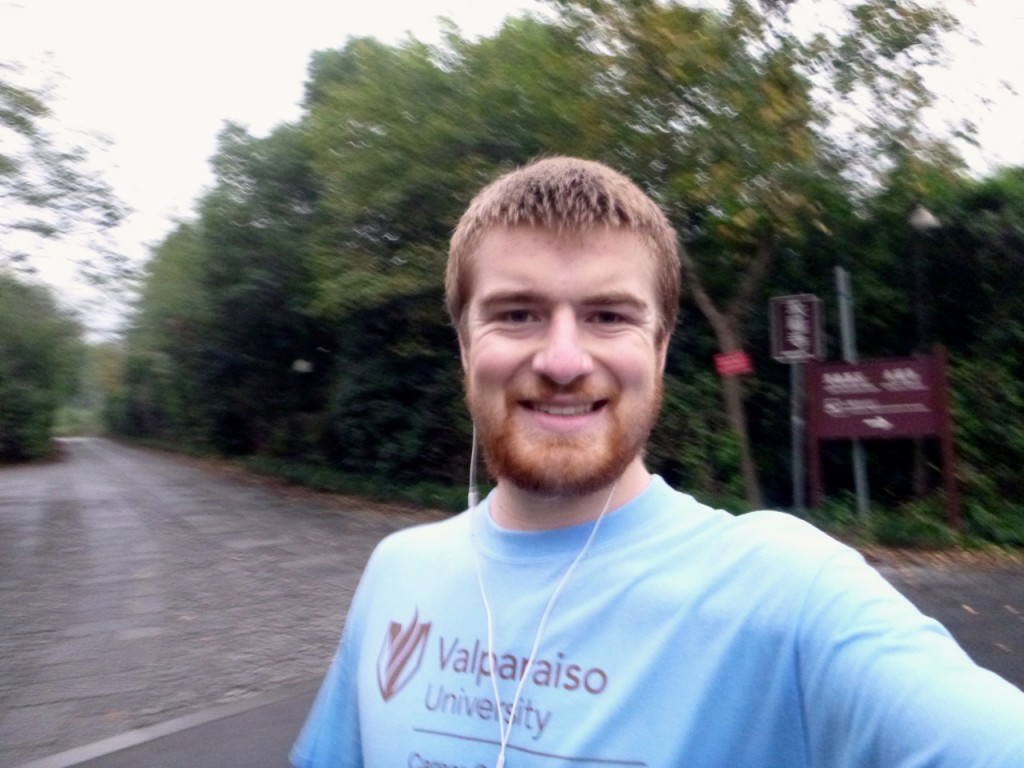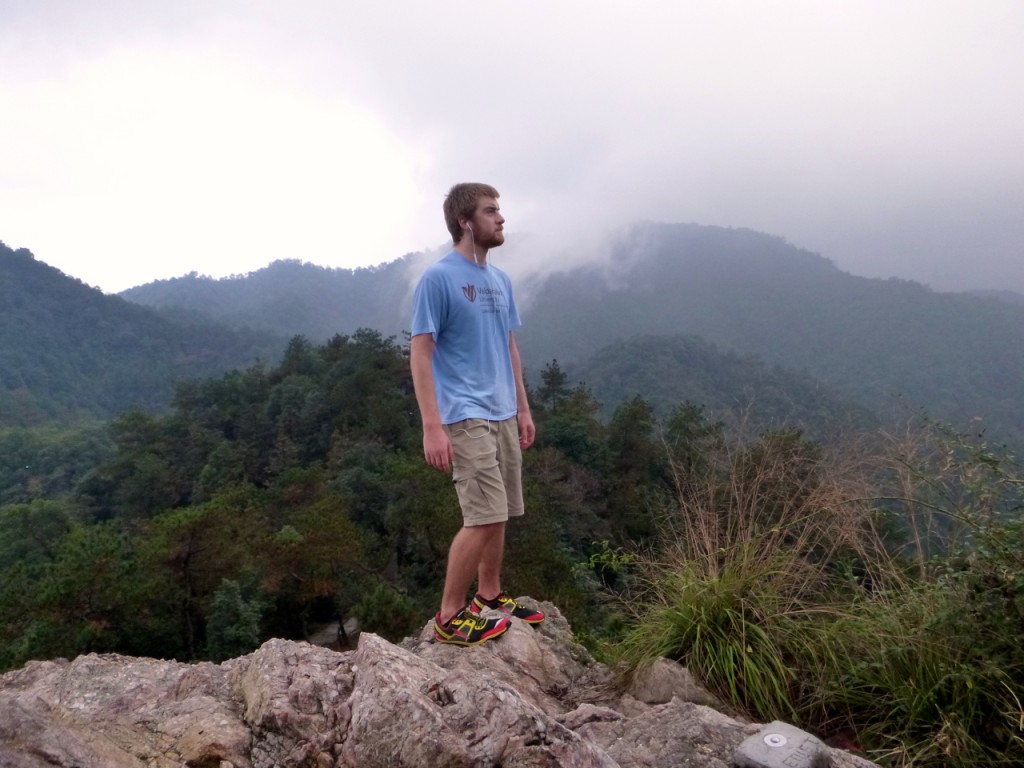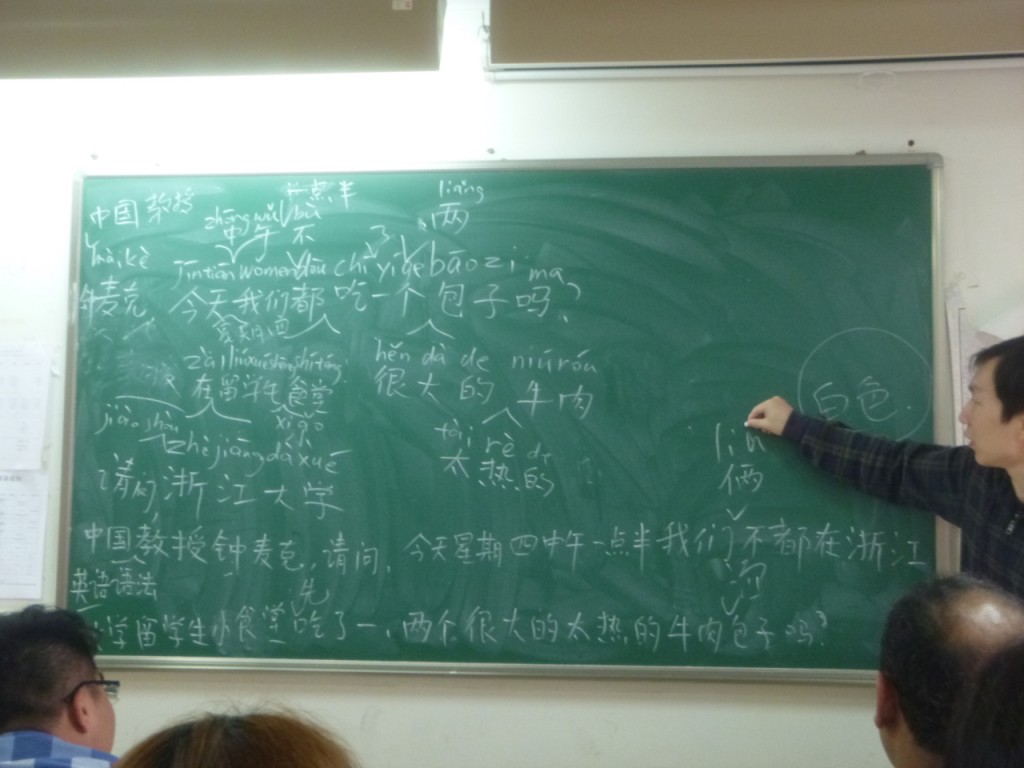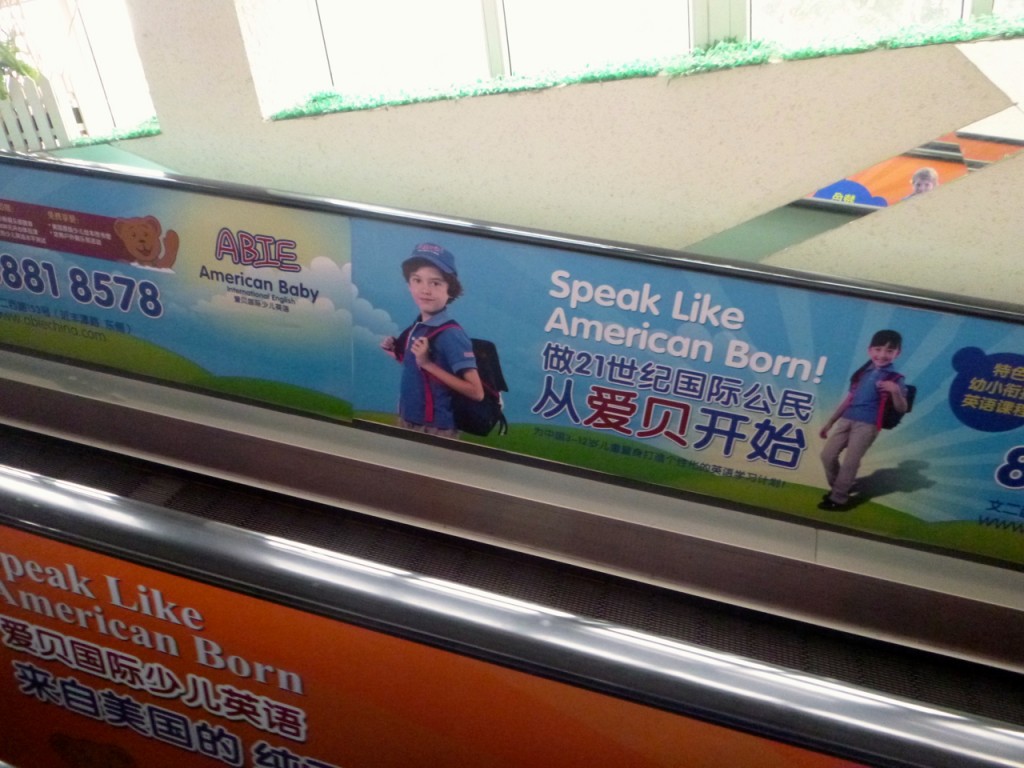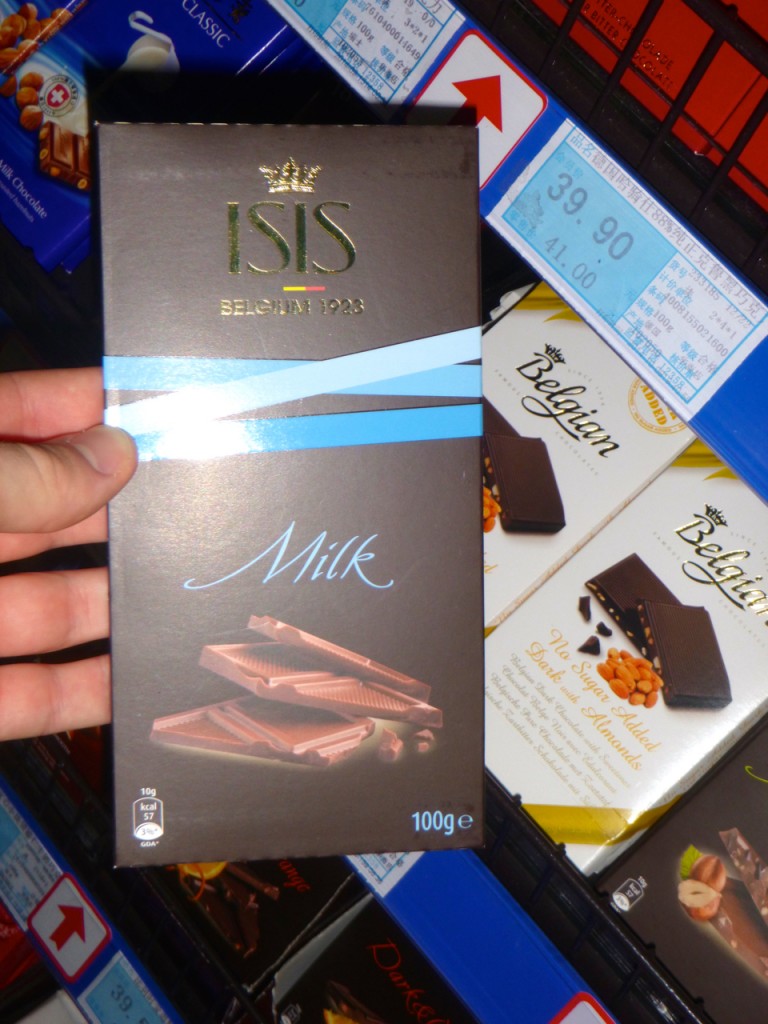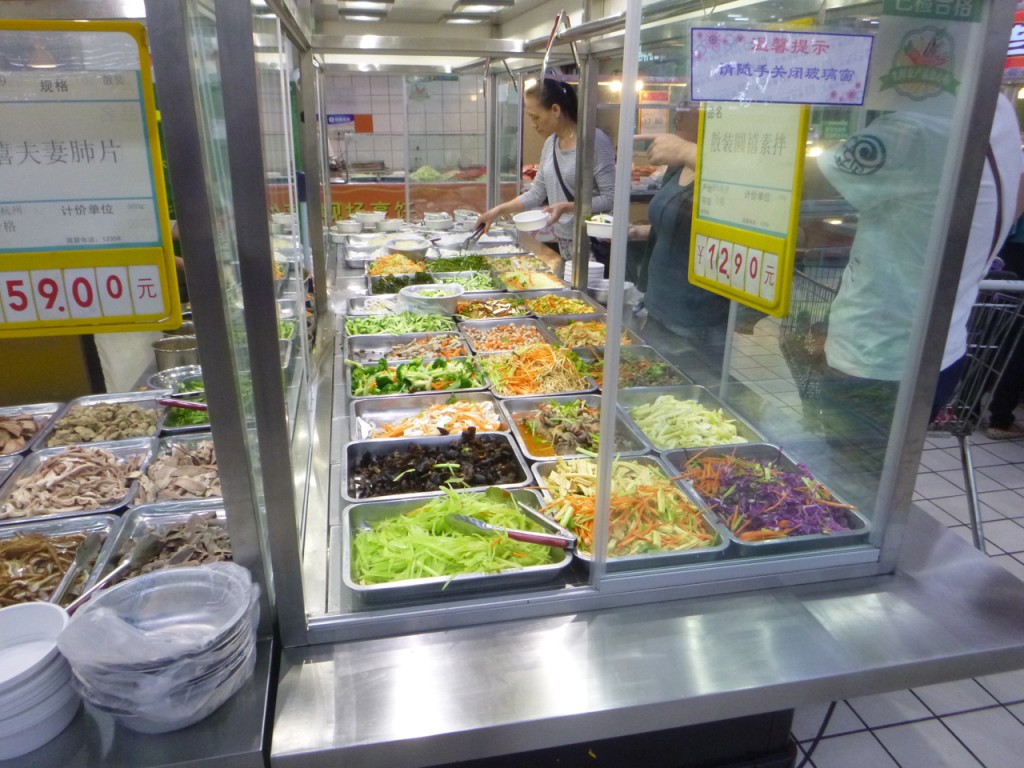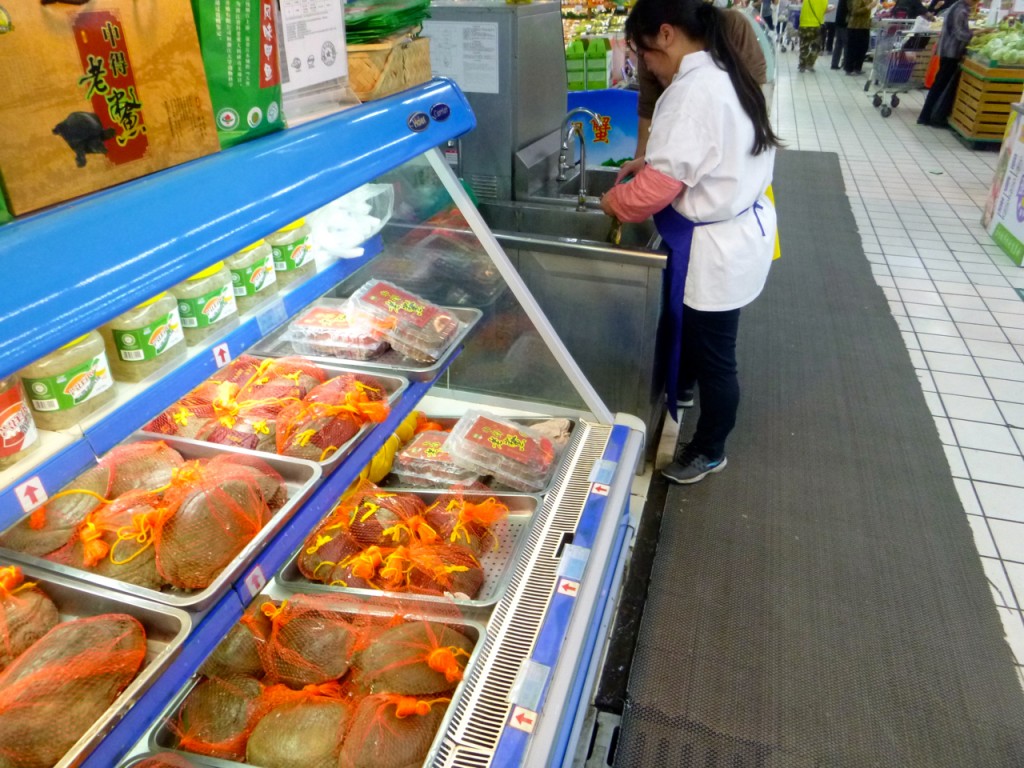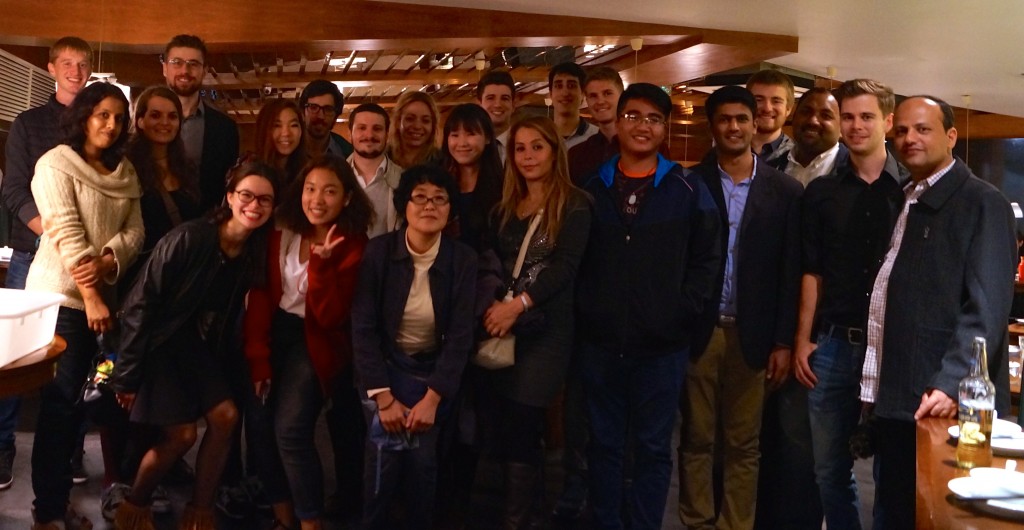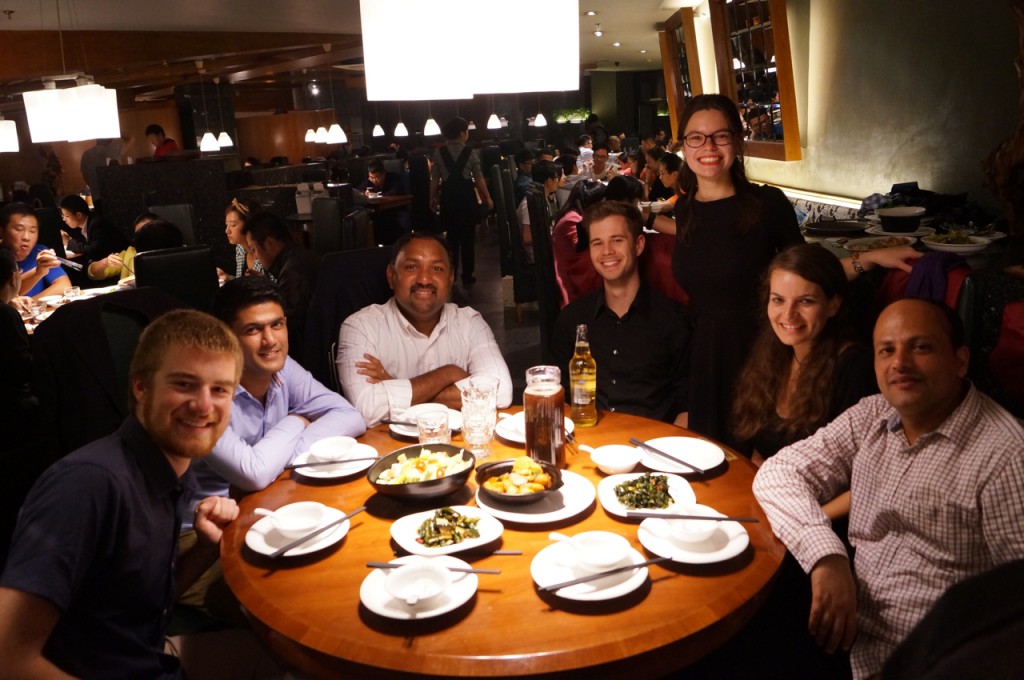Last weekend our Valpo group visited Shanghai. To say our two and a half day exploration, ‘scratched the surface’ might be a bit of an exaggeration. Shanghai as the biggest city in the world (by some measurements).
I’ve gotten used to being swallowed by cities here, so Shanghai wasn’t a surprise. The hour-long high-speed train ride from Hangzhou to Shanghai never really got made it out to the countryside, we’d zip by an apartment complex at least every few minutes.
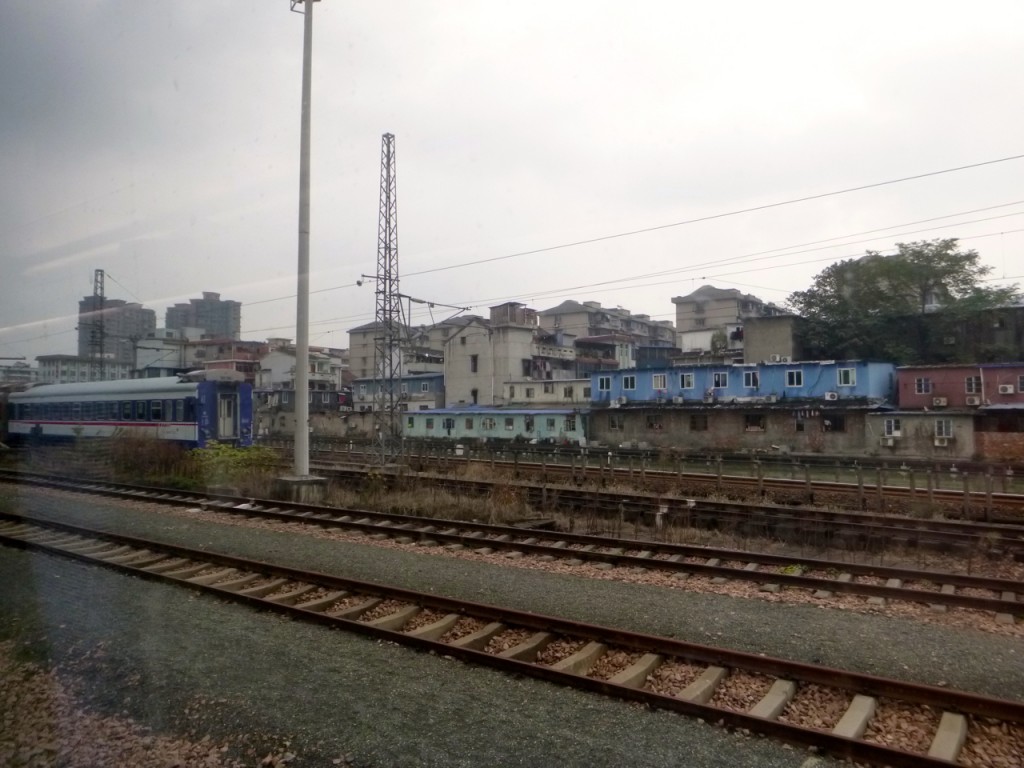
While it was a nice weekend, most of us were feeling windswept by the recent Midterms, Thanksgiving dinner, and the rapid approach of our December departure. So we weren’t quite on our sightseeing game.
Public transport is big in China. And when I say ‘big in China,’ remember that China is already huge. I wonder if one couldn’t measure a slight bit of the earth’s curvature in the train station corridors.
We used Shanghai’s extensive subway system during our stay which I quickly became a fan of. The stations can end up being the size of malls meaning paying attention to the extensive signage is crucial. Stations are everywhere and trains are regular and quick. And if I’m going to be squished (an small downside to public transit) I’d take the subway over Hangzhou’s jerky buses any day.
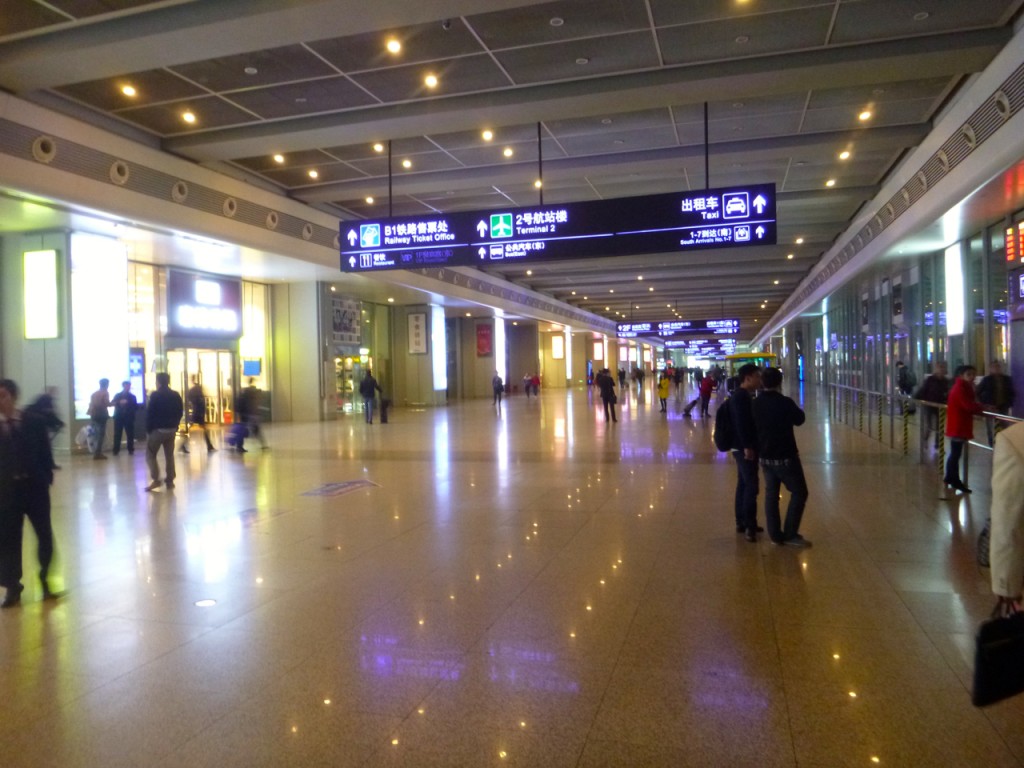
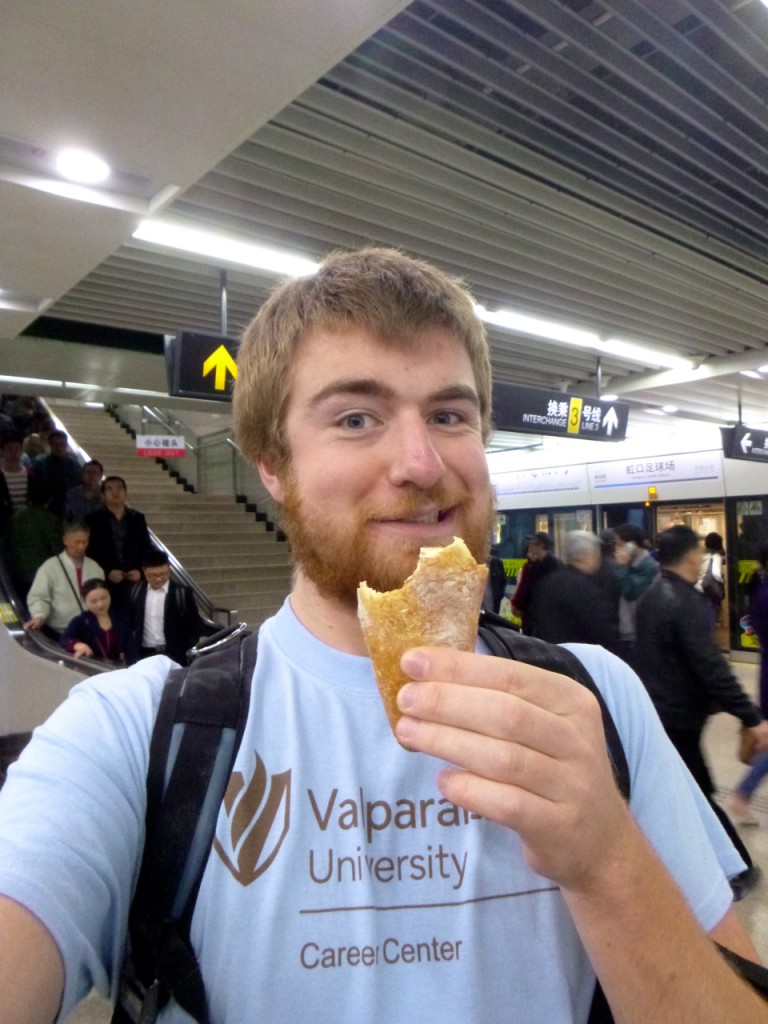
A bit of lunch on Friday.
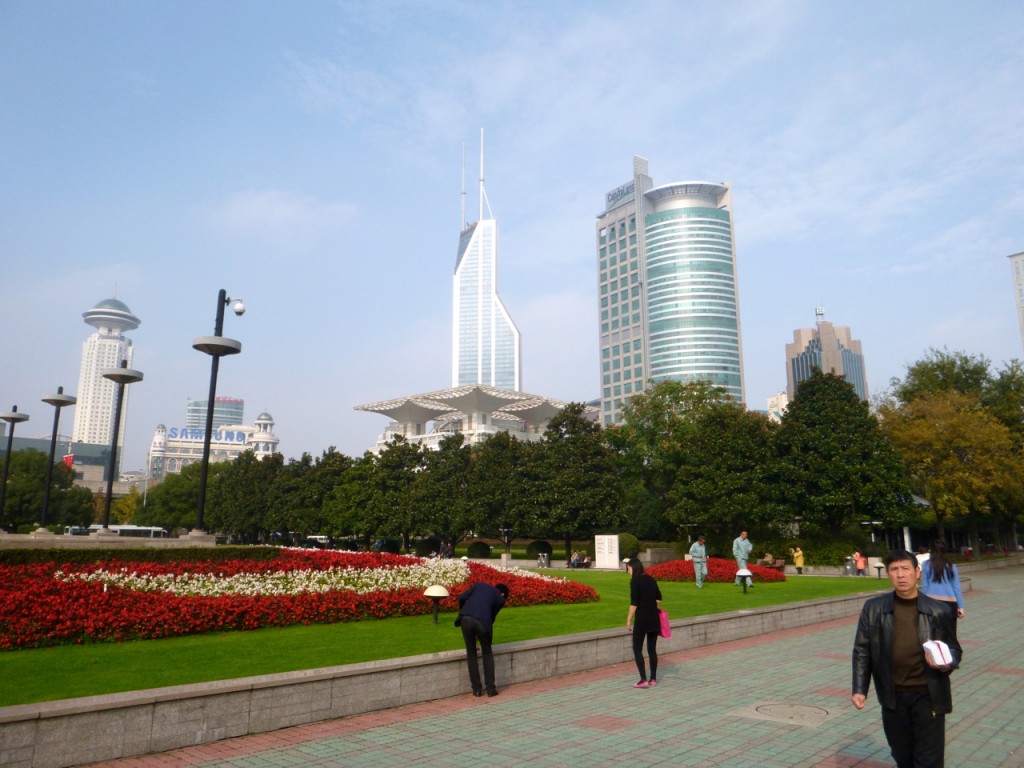
Downtown Shanghai, near government buildings
Our first stop was the Shanghai History Museum which shared a lot of similarities both in layout and content to the history museum we visited in Xi’an in August. The exhibits are almost exclusively relics (either replicas or originals, it is impossible to tell), accompanied by captions. While the ornate pieces of jade, coins, weapons, jewelry, pottery and clothing are very impressive I always come away wanting more. The exhibits provide no storyline, no explanation of how the artifacts were created, and no ceremonial details.
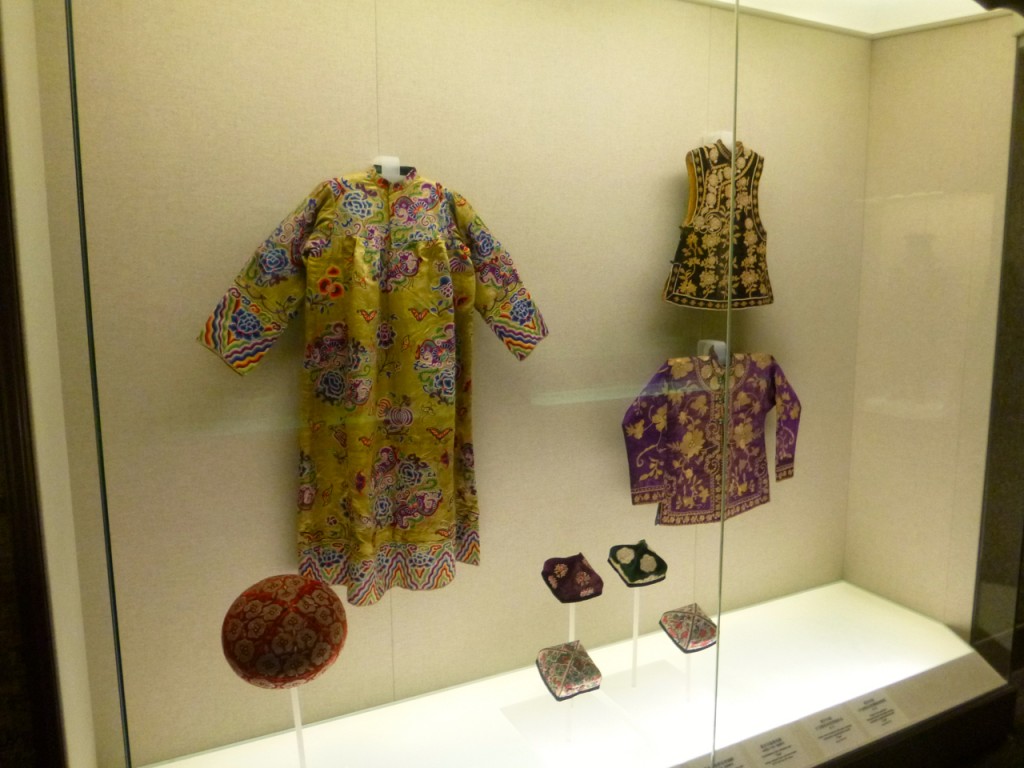
I think China (at least the government) is eager to highlight the beauty and craftsmanship in their history. Arguably their approach to history is much the same as their approach to current government—”we will show you all the great things we’ve done but not actually tell you how our government works.”
From the museum we strolled along a broad pedestrian boulevard towards The Bund, a fancy name for the Shanghai waterfront. The strip is a commercial showcase from M&M to Apple to Forever 21 to Omega. Postmodern and classic architectural structure clash behind a smattering of giant blazing billboards. Meanwhile sly street vendors try to interest us in cheapie strap-on “roller skates,” fake Rolexes or ‘massages’—aka, prostitutes.
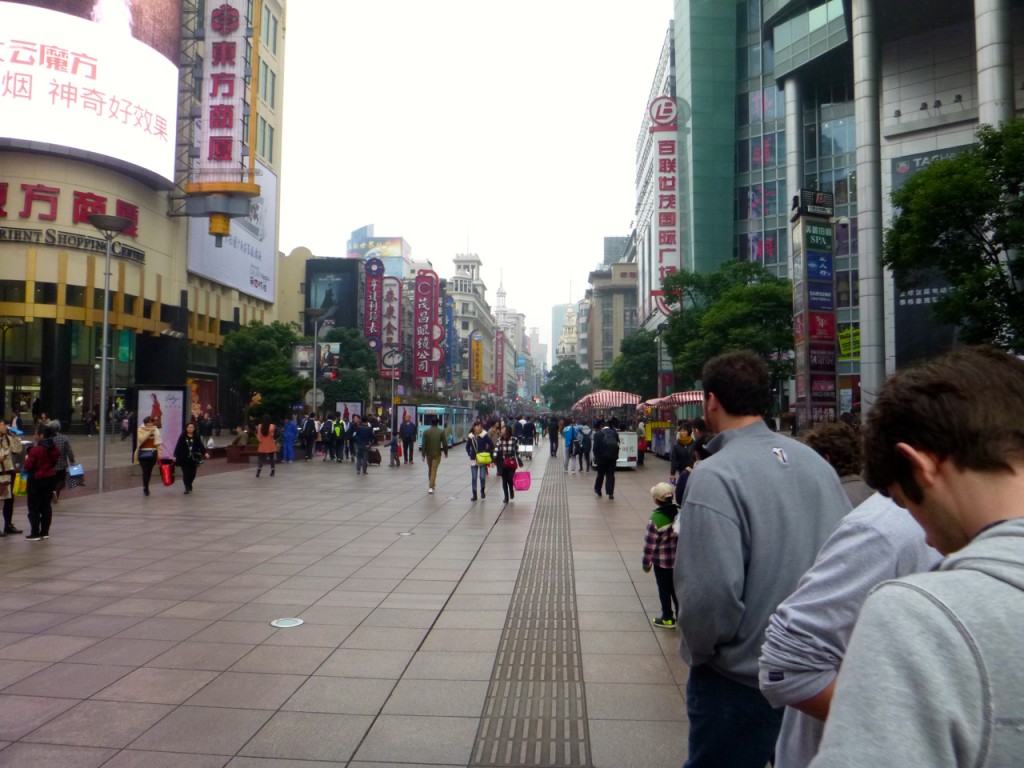
I actually visited the waterfront twice the first evening we were in Shanghai. The first time was before dusk so the famous city lights weren’t on—hence the return later that evening. Of course there were throngs of people, but that is almost a given in China, especially Shanghai.
The riverfront had been entirely cemented and I guessed it was high tide (and tidal). Organic flotsam and trash floated along in the grey water while two lanes of ships moved up and down the river. Using the passing 40’ shipping containers on one barge I estimated the largest ships—bulk freighters, were up to 250’ long. The bulk freighters, filled with sand or gravel, travelled upriver with the deck only a few feet above the waterline. It took a few minutes to realize that the big boats heading downstream were the same freighters as those going upstream. But being empty they rose dramatically 15-20’ feet out of the the water almost entirely exposing their bulbous bow, and making them look exponentially larger than their loaded brethren. As an engineer and Alaskan dock worker I found the watercraft particularly interesting.

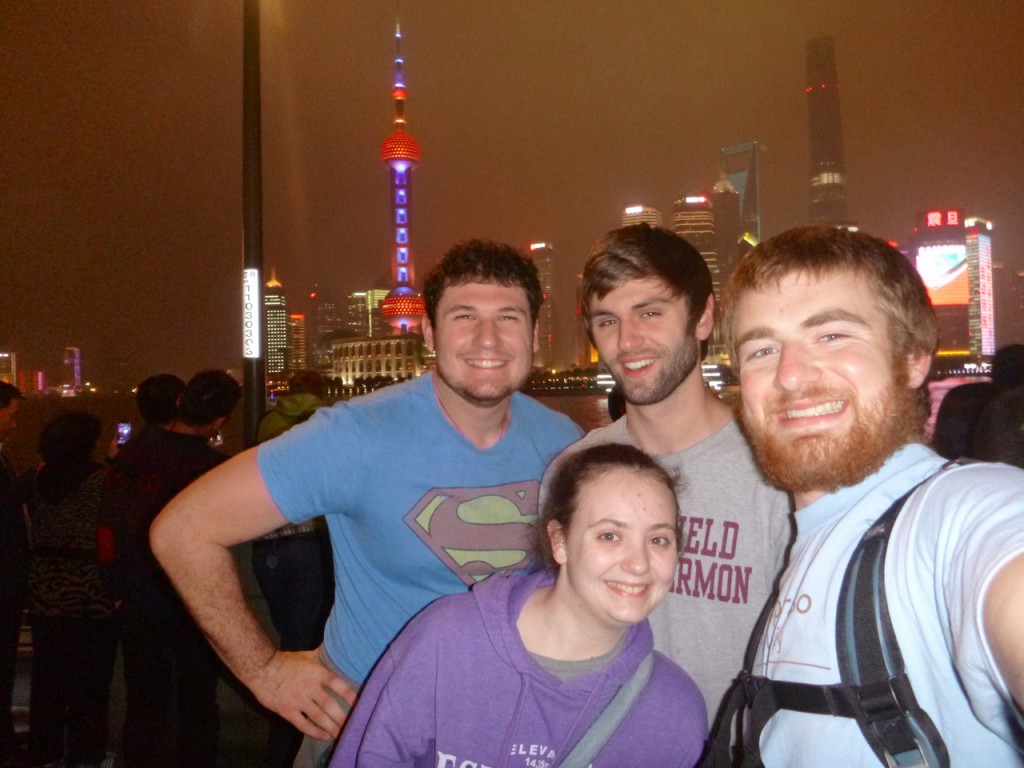
Saturday morning we we visited the Yu Garden. Hundreds of years old the garden was made up of primarily water features, craggy rock formations and halls. It was pretty neat.
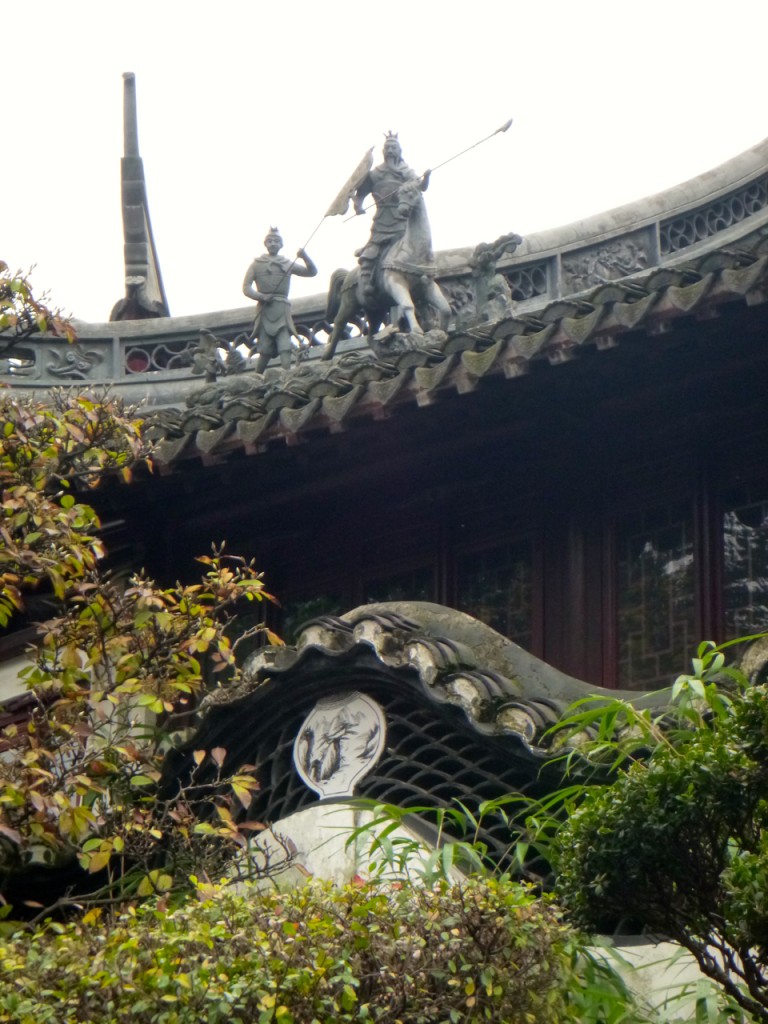
The rest of the day was spent exploring various touristy shopping markets. First we explored a crowded market/mall selling everything from jewelry to sportswear to Christmas decorations. We then ventured to the upscale ‘French Quarter,’ we wondered through the maze of alleys passing numerous bars and artsy shops. A much better place for window shopping in my opinion.
That evening I strolled through the neighborhood around our hotel with a few classmates. The streets of Shanghai definitely carry a different vibe than Hangzhou. The sidewalks were much emptier—fewer pedestrians, cyclists, and mopeds. It seems that Shanghai’s extensive subway system has dramatically changed transit patterns from the multi-use streets of Hangzhou. Secondly, in Hangzhou we’ve become accustom to walking in traffic—seriously the number of times I could touch the side of moving cars and buses is almost scary. In Hangzhou the drivers are great, but in Shanghai the vehicles rule the road and one better stay out of their way.
That night a thunderstorm swept through Shanghai providing an mystic touch to the sprawl outside our twelfth floor hotel room.
Sunday morning we were free to do as we pleased. I contemplated going to the east side of the river to explore the newer financial district with the big skyscrapers but instead I opted for a simpler route. I took the elevated train to the Zhongshan Park station. I had no clue what Zhongshan Park was, but I really like greenspaces so I figured it was worth the adventure. It turned out to be a lovely spacious park in a nice part of town. Children played, young couples took wedding photos, elderly gentlemen flew kites, a few countyfair-style rides had a taker or two, and old folks practiced tai-chi in the more secluded sections. I will miss the parks here, they are well maintained, landscaped and often contain a vibrant spectrum of society.
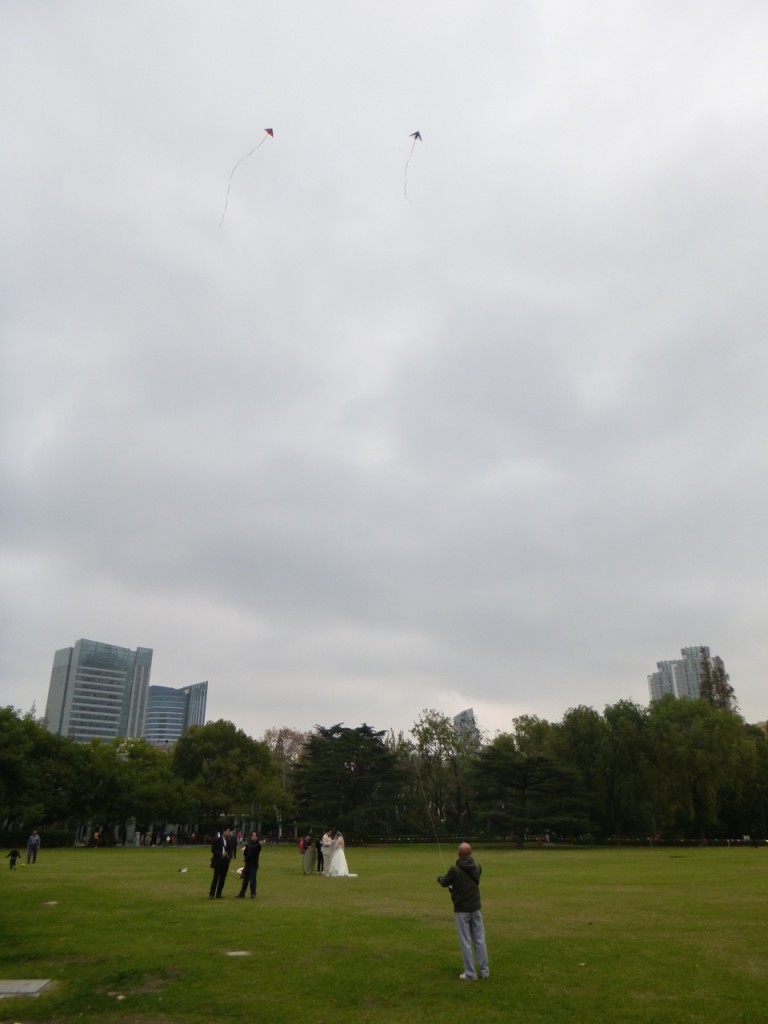
Travel back to campus ended up being more interesting than we had expected as two of us (including me) got separated from the group at one subway stop. Luckily we had phones and no trouble reaching the train station—except that the other group ended up on the opposite side of the cavernous station so we had to do a bit of extra walking.
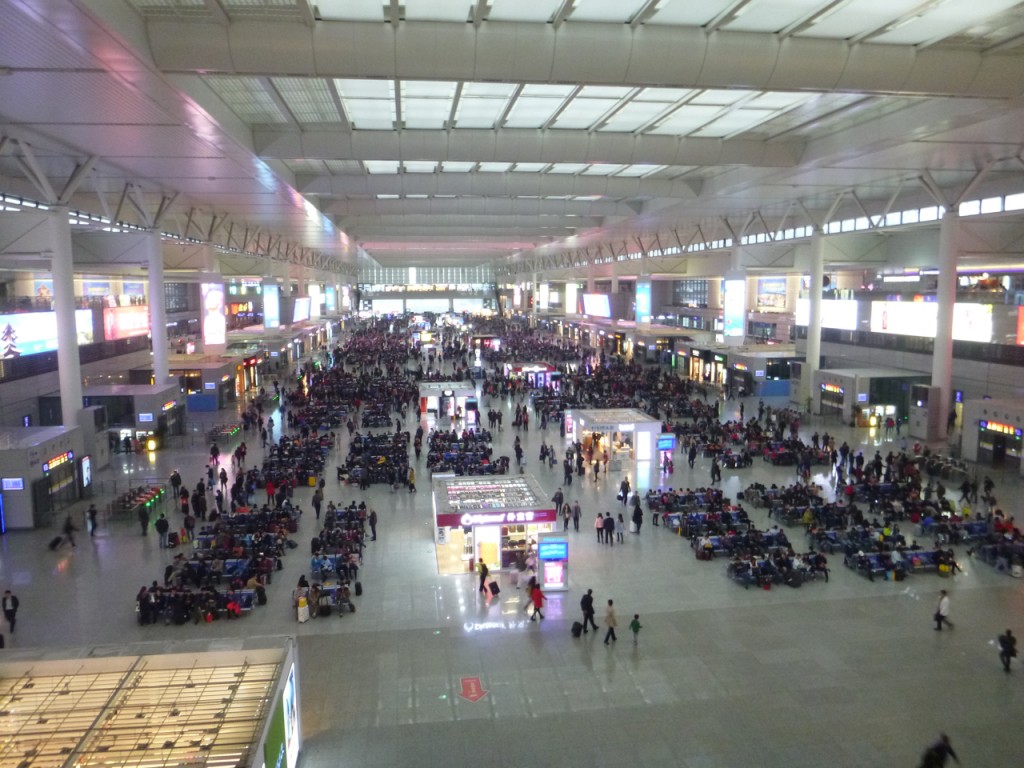
Once we got back to Hangzhou we again split up to take a combo of metro, bus, and taxi back to campus through the rainy rush hour. The metro to taxi was the best option as the bus took forever and taxis were hard to get at the train station.
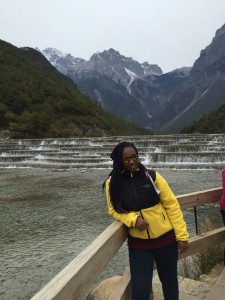 Two words. LiJiang. Who knew a city I had never heard of prior to coming to China, would leave one of the biggest impressions on me during my stay here. This city is encased by a natural beauty that one cannot see while living in the city. 4hrs away by plane, LiJiang was a city that surpassed my imagination. It was a place where the NaXi people (an ethnic Chinese minority) thrived. I was essentially taken to another world where I questioned, whether or not what I was seeing with my eyes was actually real. So wait how did I get here?
Two words. LiJiang. Who knew a city I had never heard of prior to coming to China, would leave one of the biggest impressions on me during my stay here. This city is encased by a natural beauty that one cannot see while living in the city. 4hrs away by plane, LiJiang was a city that surpassed my imagination. It was a place where the NaXi people (an ethnic Chinese minority) thrived. I was essentially taken to another world where I questioned, whether or not what I was seeing with my eyes was actually real. So wait how did I get here?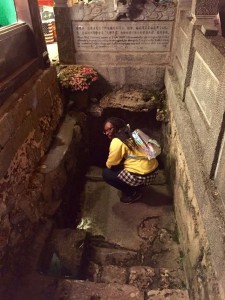
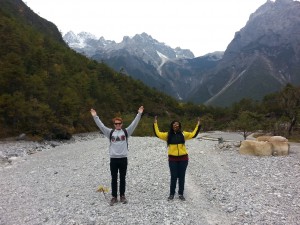
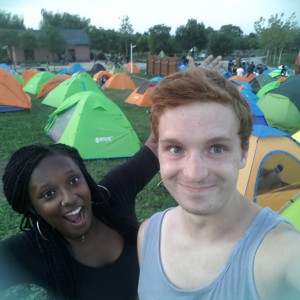
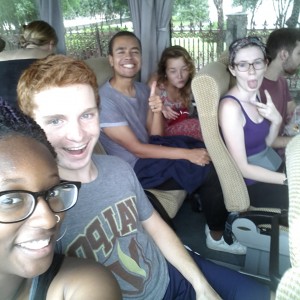 d Nick, as well as some of my friends from England, embarking on trip that would definitely be exciting to say the least. MIDI festival, located in Suzhou, a city about 3 hrs from our school was known for its unmatched beauty but who
d Nick, as well as some of my friends from England, embarking on trip that would definitely be exciting to say the least. MIDI festival, located in Suzhou, a city about 3 hrs from our school was known for its unmatched beauty but who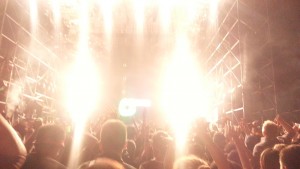
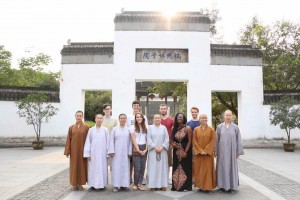
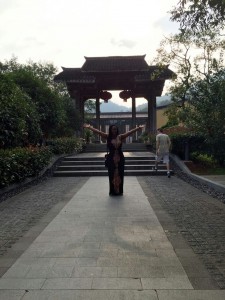
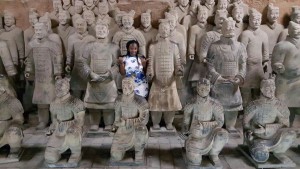 as travel to Beijing and not only see the notorious Tianmen square but also climb the Great Wall of China, something I had only knew of through elementary school text books. At Zhejiang University, where I currently reside, I have have met alot of people, those of which I would only have had the opportunity to meet, while abroad. I have met people from all over the world including Mexico, Africa, South Korea, and Europe. Some of which I call friends.
as travel to Beijing and not only see the notorious Tianmen square but also climb the Great Wall of China, something I had only knew of through elementary school text books. At Zhejiang University, where I currently reside, I have have met alot of people, those of which I would only have had the opportunity to meet, while abroad. I have met people from all over the world including Mexico, Africa, South Korea, and Europe. Some of which I call friends. 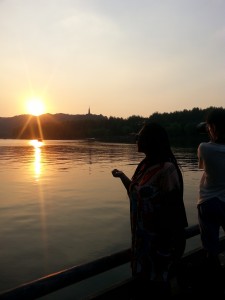
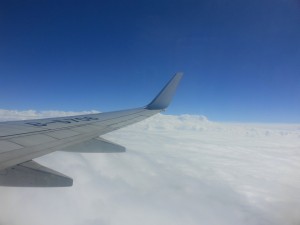 ded on my Ipad as well as an awesome playlist that would keep me grounded as I flew through the skies. 10 hrs of sleep (more or less), 2 movies, and a 2hr playlist later there I was, in Hong Kong. It was not my final destination but rather the first of two stops I had before I would reach Hangzhou. As I landed in Hong Kong a huge sigh of relief came over me as the hard part was now over. I had another 2 ½ hr flight from Hong Kong to Shang Hai but that seemed minuscule compared to the 14 ½ flight that I had dealt with previously.
ded on my Ipad as well as an awesome playlist that would keep me grounded as I flew through the skies. 10 hrs of sleep (more or less), 2 movies, and a 2hr playlist later there I was, in Hong Kong. It was not my final destination but rather the first of two stops I had before I would reach Hangzhou. As I landed in Hong Kong a huge sigh of relief came over me as the hard part was now over. I had another 2 ½ hr flight from Hong Kong to Shang Hai but that seemed minuscule compared to the 14 ½ flight that I had dealt with previously.